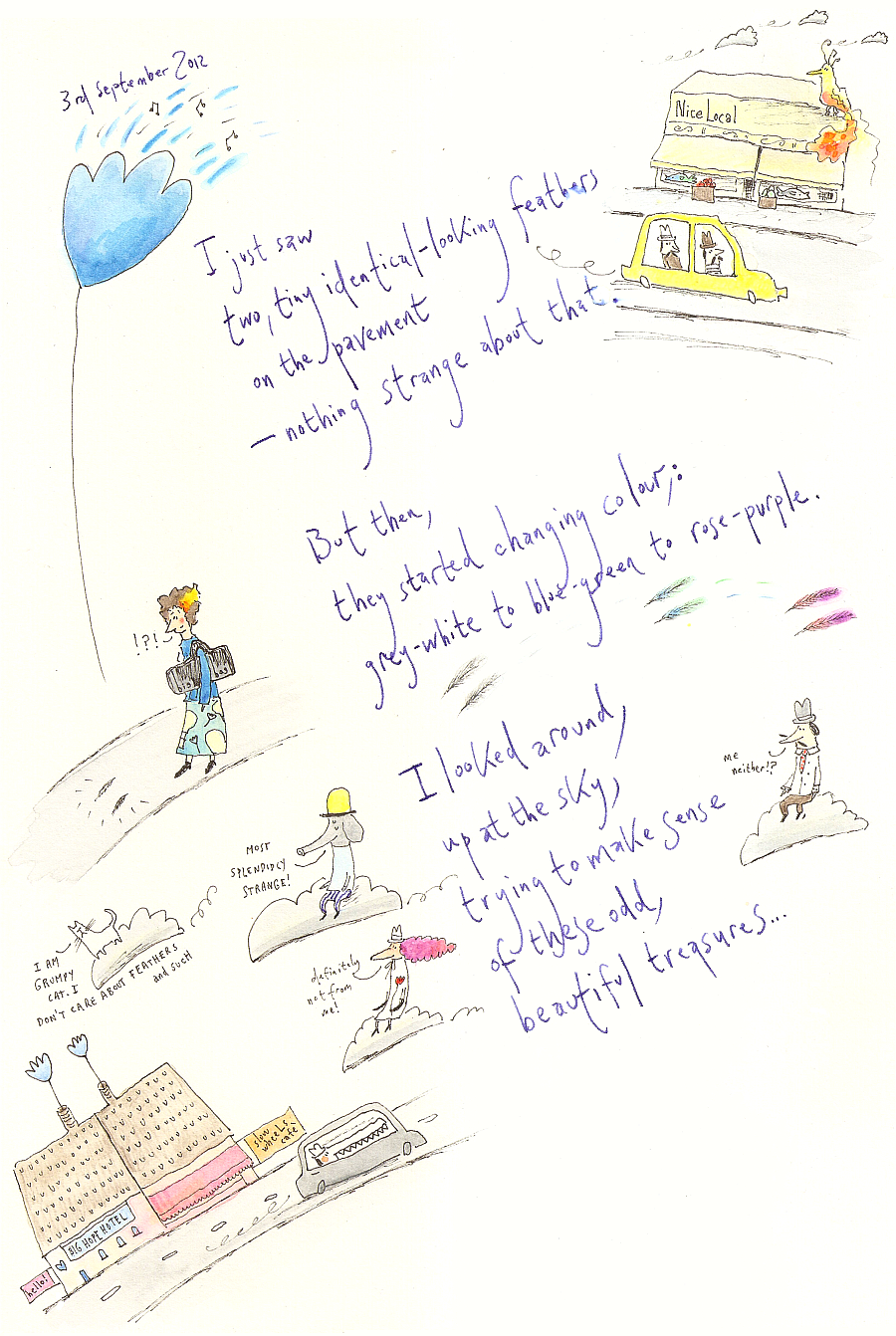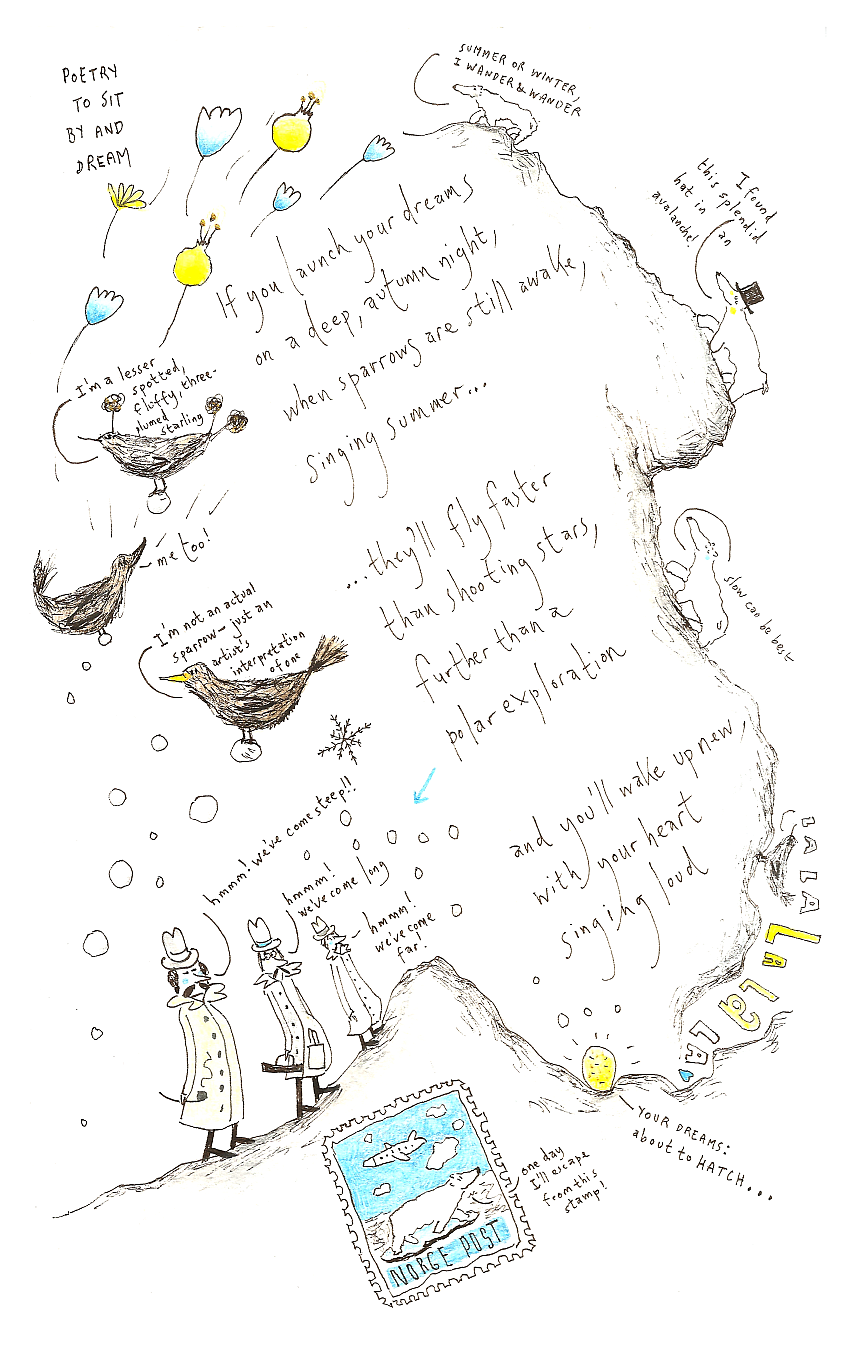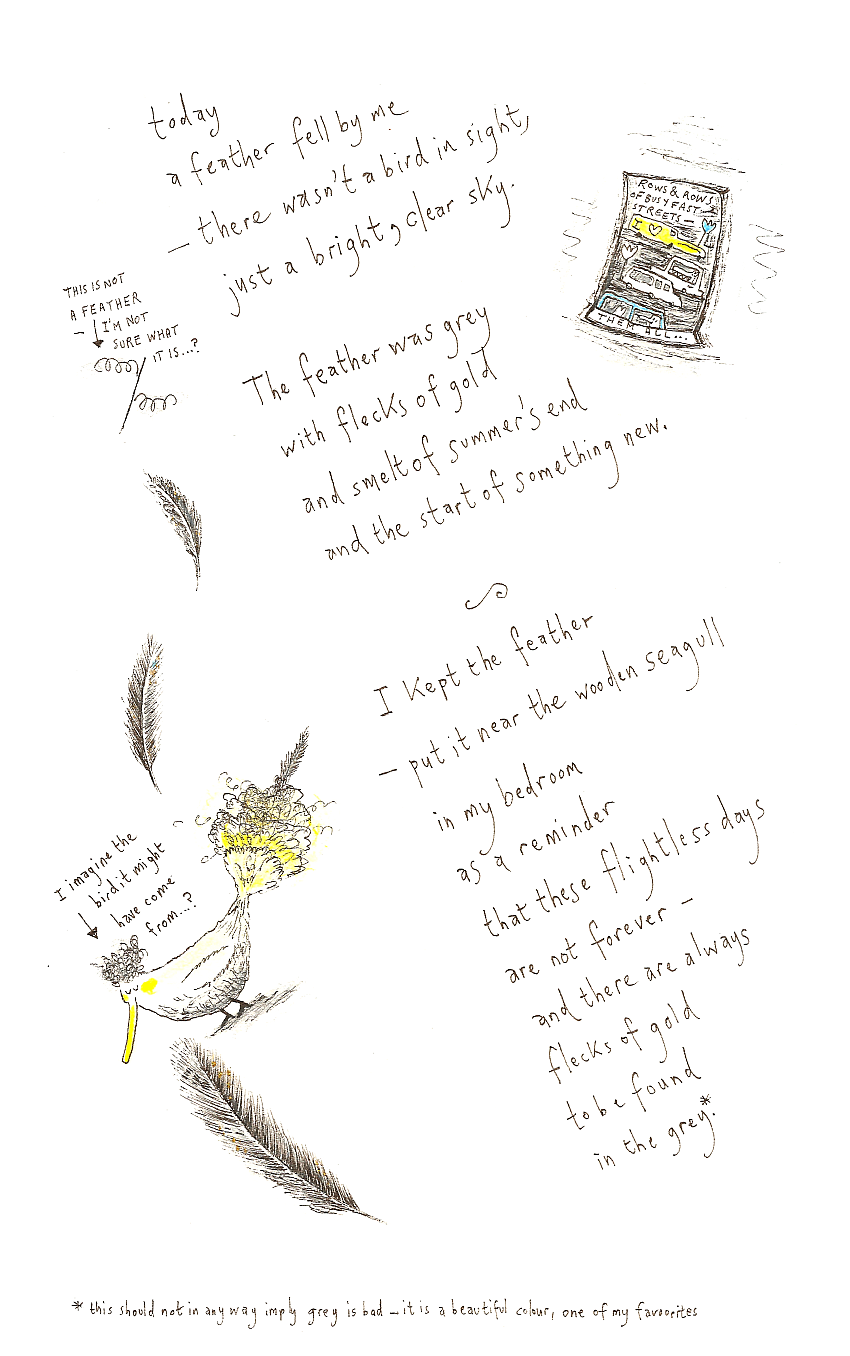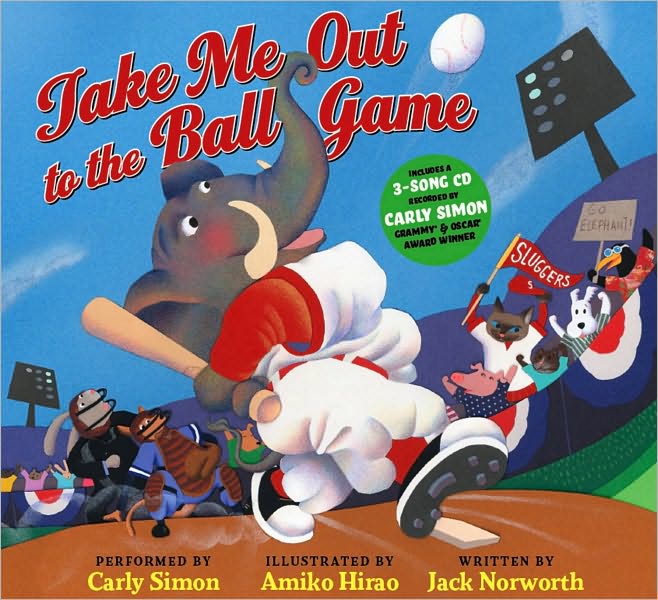







Filed under: autumn, flying, journeys, love, songs








Night falls like snowflakes, I slide under warm blankets and wait for dawn’s thaw Autumn sings her song echoing through the evening golden melodies Filed under: writing for children Tagged: autumn, blankets, evening, haiku, haiku Tuesday, melodies, melody, night, snow, snowflakes, songs, summer, thaw![]()


As we sit down to enjoy our Burns Suppers on Friday, it is worth pausing to ask ourselves just how well we know some of the songs and poems that are a feature of the occasion. Editing and presenting a selection of his texts in the order in which they were published, taking as my copy-text the version of the poem or song published on that occasion, has given me many new insights into the original contexts of Burns’s work. The advantage of this procedure is that it invites the modern reader to think about the Burns encountered by his first readers, the public Burns of the 1780s, 1790s and later, helping us (I hope) to bypass some of the cultural baggage that has accumulated around the poet and to come at his work afresh.
The results of this can occasionally be surprising. Let me take one example: ‘Bruce’s Address to his troops at Bannockburn’, often known as ‘Scots, wha hae’. This song was first published, anonymously, in the London daily Morning Chronicle for 8 May 1794. Under the owner-editorship of James Perry (born Pirie, in Aberdeen) this was the widely-read national journal of the Charles James Fox’s party in the Commons, bitterly opposed to the government of William Pitt and sympathetic to the French Revolution. Simply putting it in this context directs the reader to its original meaning, as a song celebrating not medieval Scottish resistance to English overlordship, but the contemporary mobilisation of the French people in the levée en masse in response to the new coalition ranged against their new republic. But the poem we find in the Morning Chronicle is not the one we think we know. It begins:
Scots, wha hae wi’ Wallace bled,
Scots, wham BRUCE has aften led,
Welcome to your gory bed,
Or to glorious victorie!
That word ‘glorious’ is not in the version of the song we sing today. Where did it come from? Well, Burns added two syllables to the last line of each of his verses to make them fit a different tune, one suggested by his publisher, George Thomson. Burns liked this revised version, and sent it in manuscript to some of his friends. This was the song that found its way to the Morning Chronicle; it was also republished from that source in cheap pamphlets later in the decade. So if we are interested in the Burns that radical or working-class readers were reading in the 1790s, we need to read this version of the song, with the longer line ending its stanzas, and sung to a different tune, rather than the version that has come down to us from Burns’s first draft.
Or take the democratic anthem ‘A man’s a man for a’ that’, sung so movingly by Sheena Wellington at the reconvening of the Scottish Parliament in 1999. This was first published, again anonymously, in the Glasgow Magazine for August 1795, like the Morning Chronicle a radical publication. Its famous opening stanza is as follows:
Is there, for honest poverty
That hangs his head, and a’ that;
The coward-slave, we pass him by,
We dare be poor for a’ that!
For a’ that, and a’ that.
Our toils obscure, and a’ that,
The rank is but the guinea’s stamp,
The man’s the gowd for a’ that.
Yet this stanza is missing from the poem in the Glasgow Magazine. Why should this be? We have no manuscript evidence that Burns ever wrote a version of this poem without this stanza, on which the magazine might have based their copy. But a clue as to the reason for its omission might lie in that phrase, ‘coward-slave’. Burns here, as elsewhere, uses the term ‘slave’ to mean ‘one who submits to tyranny’, who does not fight for his political liberty: a meaning familiar from seventeenth- and eighteenth-century political rhetoric. But the late eighteenth century had seen the rise of a campaign against slavery in quite different sense: the slavery endured by Africans in Britain’s West Indian colonies. The radicalism of the Glasgow Magazine included adherence to such modern causes. The same issue that includes Burns’s poem comments on recent complaints about the disruption that war with France was causing colonial trade; but, asks the magazine, ‘of what consequence are the present disappointments of the West India merchants, compared with the miseries of millions of Africans, whom their infamous trafic has reduced to slavery […]?’ It is possible that, in this context, Burns’s reference to ‘coward-slaves’, culpable in their own subjection, looked out-of-place, perhaps out-of-touch with current radical priorities, and the editors decided simply to cut the stanza that contained it.
The Glasgow Magazine version is also the origin of a variant in the opening line of the third (or fourth) stanza, which in all other versions reads, ‘A prince can make a belted knight’. In the magazine, this is ‘The king can make a belted knight.’ Again, this matters if we are interested in the song being read by its first readers, in this case Scottish radicals in the 1790s. But this song is clearly the product of a radicalism that cannot simply be identified with Robert Burns. It is likely that the editors substituted ‘The king’ for ‘A prince’ to make the song more pointedly sceptical towards the British monarchy in particular, rather than monarchy in general, than the version which came to them. We are familiar with the pressure from the government under which Burns worked as soon as he became an employee of the crown. But here is an instance where Burns’s work seems to have censored not by the state, but by his political allies, for whom ‘A man’s a man for a’ that’ as Burns wrote it was perhaps not quite radical enough, or radical in a slightly old-fashioned way. In this case as in so many others, returning Burn’s poems and songs to the versions and context of their first publication can help us qualify and complicate the simplifying versions of his work that have gained currency over the years.
Robert P. Irvine has written on Jane Austen and is the editor of The Edinburgh Anthology of Scottish Literature, 2 vols. (Kennedy and Boyd, 2009), R.L. Stevenson’s Prince Otto for the New Edinburgh Edition of the Works of Robert Louis Stevenson (forthcoming), and Selected Poems and Songs (OUP, 2013).
Subscribe to the OUPblog via email or RSS.
Subscribe to only literature articles on the OUPblog via email or RSS.
Image Credit: By William Hole R.S.A. (The Poetry of Burns, Centenary Edition) [Public domain], via Wikimedia Commons
The post A fresh look at the work of Robert Burns appeared first on OUPblog.
Welcome back to Wednesday with the Bard. I'd have to be a ninny not to have noticed the cold rain that's been favoring my little corner of New Jersey this week, so I started singing "The Rain, It Raineth Every Day" to myself - a song from Act V, scene 1 of Twelfth Night. I especially love the version sung by Sir Ben Kingsley at the end of the excellent movie version starring Imogen Stubbs as Viola/Cesario and Helena Bonham Carter as Olivia, which you can find later in this post.
But first, the song itself:
When that I was and a little tiny boy
With hey, ho, the wind and the rain,
A foolish thing was but a toy,
For the rain it raineth every day.
But when I came to man's estate,
With hey, ho, the wind and the rain,
'Gainst knaves and thieves men shut their gate,
For the rain it raineth every day.
But when I came, alas, to wive,
With hey, ho, the wind and the rain,
By swaggering could I never thrive,
For the rain it raineth every day.
But when I came unto my beds,
With hey, ho, the wind and the rain,
With toss-pots still 'had drunken heads,
For the rain it raineth every day.
A great while ago the world began,
With hey, ho, the wind and the rain,
But that's all one, our play is done,
And we'll strive to please you every day.
Discussion: The song is written using rhymed couplets in iambic tetrameter (four iambs per line: taDUM taDUM taDUM taDUM) interspersed with "With hey, ho, the wind and the rain" and "For the rain it raineth every day", which is changed at the end to be a more finite conclusion.
Like other poems or soliloquies from the plays, this song tracks the "ages of man" from little boy through adulthood to old age. It is performed by Feste, the "fool" in Twelfth Night. I will remind you that during Twelfth Night festivities, it's a topsy-turvy world (reference to Disney's The Hunchback of Notre Dame would not be entirely amiss here) where the lowest man might be king - and the fool might in fact be the wise man.![]()
Mike Jung wrote a book (which I haven't read but I really really want to- you will, too), titled Geeks, Girls and Secret Identities. And then he wrote a song about writing a book!
The Caldecott Medal was named in honor of nineteenth-century English illustrator Randolph Caldecott. It is awarded annually by the Association for Library Service to Children, a division of the American Library Association, to the artist of the most distinguished American picture book for children.I recently completed a class, "The Caldecott Medal: Understanding Distinguished Art in Picture Books," offered by the Association for Library Service to Children (ALSC), and taught by K.T. Horning.








I've been away on vacation WITHOUT my computer (gasp!) but have returned to continue my series featuring the poems--and songs--that became part of my kindergarten class's Poetry Anthology last year. We began 2012 with an introduction to the months of the year, and what better way to do that than with Chicken Soup with Rice? Authored and illustrated by Maurice Sendak (RIP) and part of his Nutshell Library, this and other poems were later set to music by Carole King, and were in their turn animated as part of the Really Rosie movie. Here's another of our favorites in this group of whimsies, "Alligators All Around":
I laughed a number of times when I read Sarah Schmelling's McSweeney's piece Mom Takes Children's Songs Literally. Who among us hasn't thought, "You’re paying far too much attention to that very, very small spider"?
Read the examples in the link, and then add your own in the comments. Here are some of my off-the-cuff responses:
Is "Eeyi-Eeyiyo" the name of the farm or the sound the old farmer MacDonald makes when s/he has to get up in the early morning to feed all of those chickens, ducks, sheep, etc?
Three words for Henry: Stop Making Excuses. For those who think that Liza is overly demanding, consider that Henry started the whole scenario with his whining.
I know those examples are not as clever as the ones in Schmelling's piece. That's why I'm looking to you.
 So I’m sitting doing my blogging the other day while my husband was playing some good old-fashioned 60s tunes on the computer when “Ode to Billie Joe” by Bobbie Gentry comes up. I don’t know if you’re familiar with it or not but if you aren’t you can see what may well be the creepiest spot to ever air on a Smothers Brothers show at the bottom of this post. It involves mannequins. It doesn’t need to, of course, since that song is creepy enough without throwing in any extras. It’s one of those song/stories where our heroine listens as her family reveals several damning observations via their friends and neighbors, the most pertinent being:
So I’m sitting doing my blogging the other day while my husband was playing some good old-fashioned 60s tunes on the computer when “Ode to Billie Joe” by Bobbie Gentry comes up. I don’t know if you’re familiar with it or not but if you aren’t you can see what may well be the creepiest spot to ever air on a Smothers Brothers show at the bottom of this post. It involves mannequins. It doesn’t need to, of course, since that song is creepy enough without throwing in any extras. It’s one of those song/stories where our heroine listens as her family reveals several damning observations via their friends and neighbors, the most pertinent being:
A. That nice Billie Joe went and threw himself off a bridge and
B. The local preacher noticed our heroine with Billie Joe not that long ago on that same bridge and the two were throwing “something” over the side.
*shudder*
Of course the degree to which this song creeps me out is only rivaled by the enjoyment I get from listening to it. Then it got me to thinking . . . are there any cases where song/stories have been turned into YA novels? Imagine for a moment that we live in a world where copyright would allow folks to write novels based on popular songs. Certainly Nancy Werlin wrote Impossible a couple years ago which was ostensibly based on that Simon & Garfunkle song “Scarborough Fair”. But S&G cribbed that puppy from a classic folk ballad anyway so it didn’t really count. There are plenty of cases where picture books are made out of hit songs, but they’re always done by the singers themselves (Puff the Magic Dragon, Blowin’ in the Wind, etc.).
Here then are the songs that would most intrigue me to see adapted into full-blown novels.
1. Ode to Billie Joe by Bobbie Gentry – You’ve got a lot to work with there.
2. Thriller by Michael Jackson – Two ways you could go about it. You could either adapt the music video into a full novel (and in this era of zombie and werewolf YA novels hither thither and yon wouldn’t it sell so well?) or you could simply take the song as your guide. Either way win-win.
3. Son of a Preacher Man by Dusty Springfield – I’m sure something along these lines already exists, but it’s not as if the smooth talking PK is a common literary trope. Not in YA anyway.
4. American Pie by Don McLean – In envision this one as sort of a crazy mash-up, semi-psychedelic. Maybe done in such a way where the song is a metaphor for the book (yes, I know what it’s actually about, but I think we can move away from that too).
5. In the Year 2525 by Zager and Evans – Well, I had to include something for the current dystopian craze, didn’t I? Plus this one also creeps me out, which I figure is a good litmus test for a novel.
Those are just off the top of my head. I’m sure there are more current songs you could include. And lots from the past (anything by Cher, essentially). Feel free to chime in with other ideas.
The Donkey Band play thursdays at the Seabird Saloon. And every thursday’s different – like the seasons have gotten all jumbled up and the tiny world inside that warm bar, is sometimes turbulent, sometimes peaceful as daisy fields, but always, always, it’s like you’ve stepped into a different world completely.
The singer, Donkey, plays ukulele, sometimes while dancing wild as wood fire. She fills the room with sounds and smiles. Drinks get spilt, but people stay grinning.
Lokey on piano only comes out his small shed-house to play here on thursdays. Then he soars, he can make a piano sound like wind, rain and all your best memories. He won’t talk though, but likes to be given a tot of berry gin at the end of the night. Rumours frill around the edges of the saloon that he loves Donkey bigger than that mountain ten miles east. But there’s nothing coming from his mouth about it. He just flicks his moustache and looks far away and a bit impatient.
Tantan plays flute. You swear it twists and bends like a snake when he plays. He’s always been tall, even when very young and loves studying those other amazing creatures who also sit high and proud above the rest. His home is thin and tall. Murals of giraffes and camels line the hallway. He talks the most. Usually it’s facts, snippets of obscure information about rare birds’ eggs, or how tea is taken on mondays by the schlurper bird in the forest.
Tonight’s a good night. Two mermaids have come in to hear the band. Their delight is immense. The feeling in this saloon is like all the best bits on the first day of travelling somewhere new.
Shhhhh! Donkey’s about to sing her best song: when there’s no more daisies in Yondoddle Meadow, I’ll pack my bags and fly…
We all play three roles in every moment of our lives. As actors we move, speak, push and pull, make decisions, and otherwise engage in any number of activities animated by our goals and desires. As receptors we use our senses to listen, smell, touch, get pushed and pulled, and react emotionally to other people. As witnesses we observe everything going on around us, analyzing, synthesizing, describing, explaining, and understanding the world in which we live.
WARNING: Be prepared to have this song in your head all day! Especially after using it in a storytime!
See what librarians and teachers are saying about PETE THE CAT: ROCKING IN MY SCHOOL SHOES by Eric Litwin and James Dean:
“The text invites students to sing along with Pete as he rocks in his new school shoes. It also invites them to jump in with the place in the school where Pete is doing whatever it is he is doing. A perfect book for young children at the beginning of the school year. So many possibilities!” ~ A Year of Reading
“This book is a perfect fit for preschoolers through early elementary, and potentially as fun for the reader as the listener (I suggest belting out Pete’s song right along with him in your jazziest voice!). It might be a comfort to kids who are experiencing first-day jitters, as Pete’s sense of calm and cool is a tad infectious. And just like this cat, school IS cool, after all! My grade for Pete, the coolest cat around? A+.” ~ Book Talk (King County Library System)
“PETE THE CAT: ROCKING IN MY SCHOOL SHOES is the perfect back-to-school story for preschoolers through first graders. You better believe you’ll hear enthusiastic singing and clapping coming from my school library.” ~ Watch. Connect. Read (Mr. Schu)
 PETE THE CAT: ROCKING IN MY SCHOOL SHOES
PETE THE CAT: ROCKING IN MY SCHOOL SHOES
by Eric Litwin and James Dean
Available now
ISBN 9780061910241
Check out the website!
Add a Comment
I know that, for some of you librarians, it feels like summer (and summer reading) will never end. But I was visiting my family in California recently and my sister-in-law mentioned that my niece is starting school on August 10th! August 10th! That seems so early, doesn’t it? Here in NYC, the public schools don’t start until after Labor Day. What about your part of the country? When does school start?
With school starting just around the corner, here are some new books to consider adding to your library to refresh and update your collections:
KINDERGATORS: HANDS OFF, HARRY! by Rosemary Wells
This is an excellent picture book recommendation for kids with personal space issues.
AMELIA BEDELIA’S FIRST FIELD TRIP by Herman Parish, illustrated by Lynne Avril
Take a look at activity ideas for your classroom and library.
PETE THE CAT: ROCKING IN MY SCHOOL SHOES by Eric Litwin, illustrated by James Dean
It begs to be sung out loud – check out the video! You can also download activities.
And for those of you librarians with another couple weeks of summer reading, hang in there!
Add a Comment
 Norworth, Jack. 2011. Take Me out to the Ball Game. Ill. by Smiko Hirao. Performed by Carly Simon. Watertown, MA: Charlesbridge.
Norworth, Jack. 2011. Take Me out to the Ball Game. Ill. by Smiko Hirao. Performed by Carly Simon. Watertown, MA: Charlesbridge. Katie Casey was baseball mad.When Katie's beau invites her to a show, she says,
She had the fever and she had it bad.
Just to root for the hometown crew,
every cent, that Katie spent.
"No, I'll tell you what you can do,"He takes her out to the ball game, of course, and well, you know the rest.
The More We Get Together. Caroline Jayne Church. 2011. Scholastic. 12 pages.
Hi Linda Sarah, what a big story! It’s a bit difficult to grasp it all, but I like just looking at it and see all the tiny scribbly figures. The little conversations going on on the side. This need to be a book, so I can study it thouroughly and discover a new person every time I look at it. Bye Hedwig!